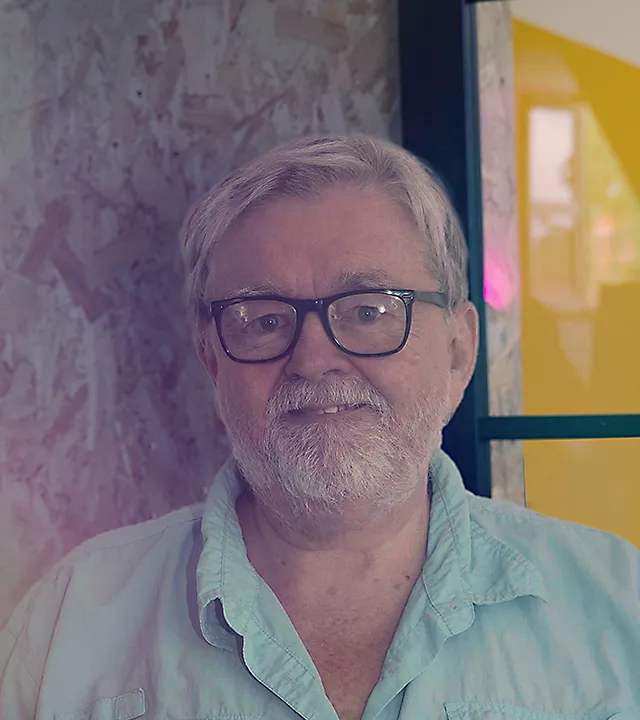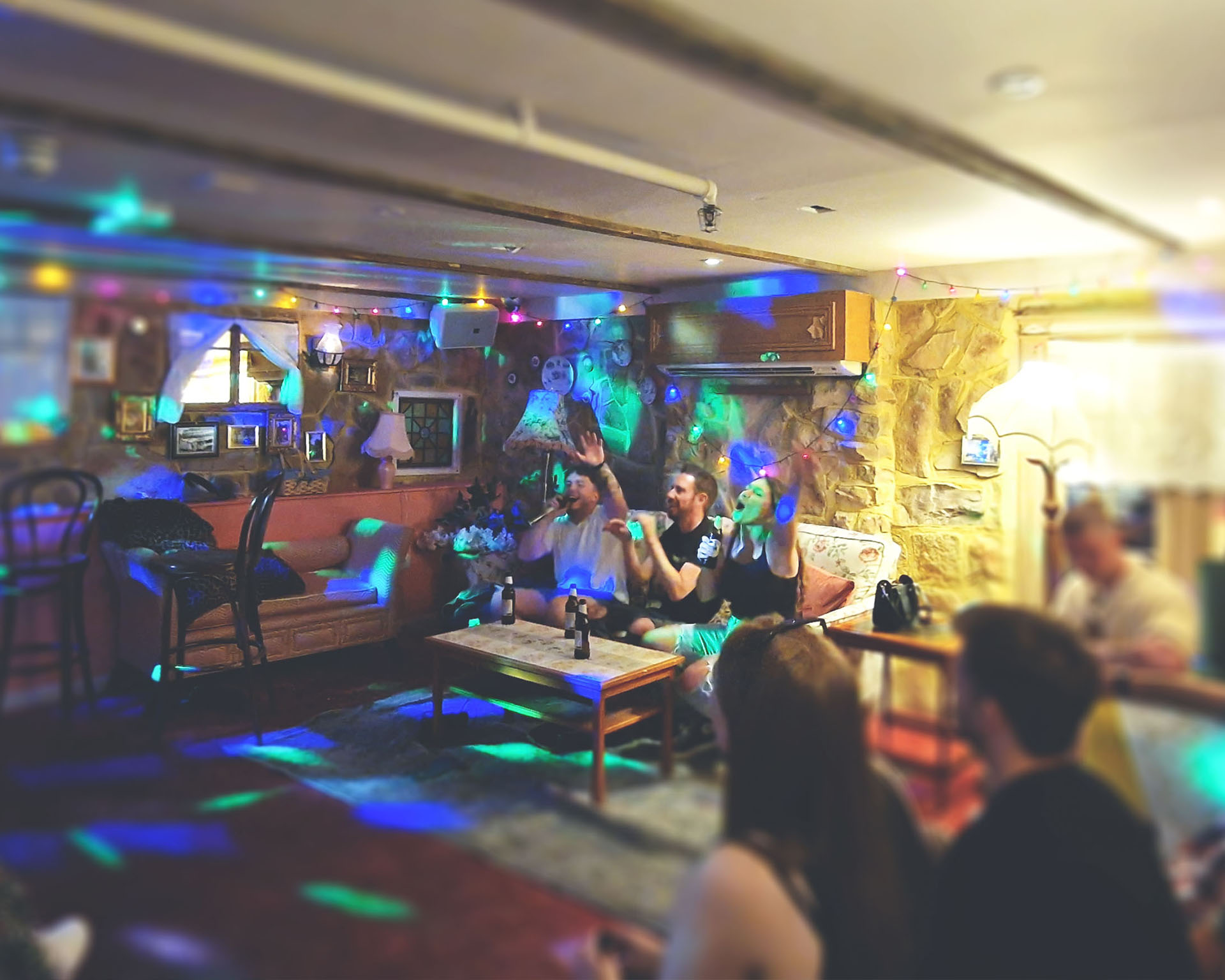Interiors can be tricky to shoot, mainly because the light value outside of the window will often be massively higher than that inside, so that a good exposure of the room will result in the window being over-exposed, or the room will look too daark.There are techniques for dealing with this, including layering two photos that were taken off a tripod, (one correctly exposed for the exterior, and on top of that, a second photo exposed for the interior) and carefully selecting the window area of the photo that was exposed for the room so that its over-exposed window selection can be deleted leaving the correctly exposed window on the lower layer to be merged with the room exposure. (You might need to read that a couple of times :o) ). A similar and more detailed (perhaps even better explained) approach can be found here in this excellent article on Larry Lohrman’s site. However these solutions won’t help you when you have bright wall or ceiling lighting causing ‘halo’s’ to shine against them – the effect of which can look hideous and spoil an otherwise good photo…


I like interior lights for their ability to create pools of light and depth through the shadows they can help create. But the other side of the coin is that if you’re not careful you’ll achieve what I call “the blatted-halo effect”, which isn’t a great look, and wherever these occur you really need to take measures to control them if you want your photos to look better than amateurish.

Blatted halo effectThe reason is the massive difference in light values between the darkest areas of the room and, of course, the lights themselves. If you were to expose for the lights themselves the exposure for the room would be far too dark. Alternatively, exposing for the room will usually mean that the room lights will become over-exposed so that the area that directly surrounds them – whatever they reflect off of – will contain little or no detail: the dreaded blatted-halo.I have an interiors’ work-flow now from which I tend not to deviate very much, which allows me to take a pretty good interior photo even under very challenging conditions including those very high contrast shots that I’ve shown in the gallery; these gallery photos show examples of very dark rooms with a small number of bright lights. These lights serve to provide very localised lighting. They don’t really provide even levels of light throughout the room, rather they provide very bright pools of light to very localised areas – therein lies the difficulty.However, the method that I used to produce these two photos isn’t for the faint-hearted; it takes time – a lot of it – and patience in abundance. But before we take a look at that in a future post, here are a couple of useful tips that might get you out of trouble if you want to live the simple life in the meantime.
- If the lighting is on a dimmer/rheostat switch, turn the lights down to a lower setting and see whether this improves matters. Decreasing the light levels will mean stretching the camera’s abilities to a lesser degree – and you will have much less work to do in post-processing with a much greater chance of a professional-looking image.
- If internal lights are creating halos and there is no way to decrease their strength – the lights are so bright that there is no detail in the or the light reflected off of surfaces close to them – consider turning them off altogether.
Some interior lighting can prove a positive benefit to your photos on most occasions – low-voltage ceiling spots are an example, especially when they’re set into the ceiling. When they’re IN the ceiling the light they emit is cast downwards and not onto the ceiling itself, so there’s little or no halo effect from which the photo will suffer. Standard lamps and table lamps too can be very helpful – especially when you’re able to move them slightly away from a wall so that any light they cast onto the wall’s surface is lessened and in consequence detail in the wall isn’t lost. What we’re looking for is pools of soft lighting, not small areas of lighting that is very harsh.If there are any other interior lighting tips from other photographers please feel free to add them in the comments section.











.jpg)